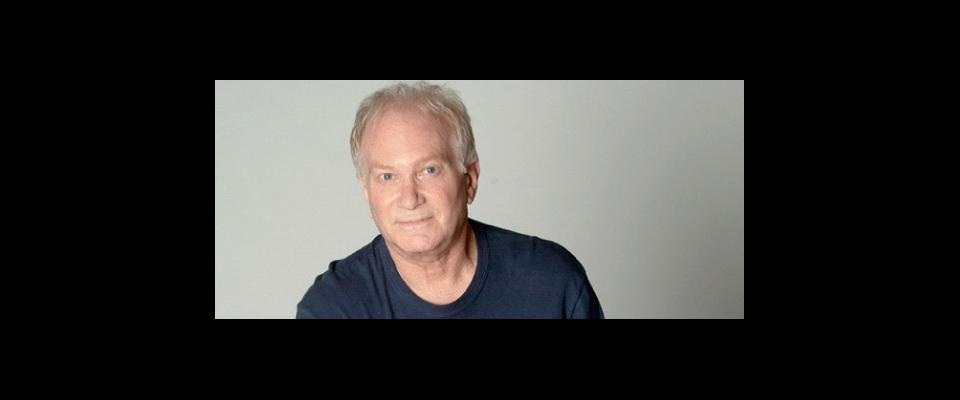Hollywood screenwriting guru and author of Screenplay
1. You met and worked with the great French director Jean Renoir while at Berkeley. How did that encounter affect your life?
Syd Field: When I was at Berkeley in the ’60s, Renoir was an artist-in-residence and had readings for the world premiere of his play Carola. I read for the play and Renoir cast me in the third leading part. During the months of rehearsal and performance, Renoir showed us screenings of his films. At the time, movies were just movies to me, but one night he showed the new print of La Grande Illusion, and I had an epiphany—I saw that films could create ideas that could be dramatized in a story. When I graduated from UC Berkeley, I went to grad school in English but dropped out after the first semester. Back in L.A., I visited Renoir and he sat down and wrote me a letter of recommendation to film school at UCLA, which I attended for a year, along with Ray Manzarek and Jim Morrison, who were just putting together a rock group called The Doors. We did a couple of short films together. Quite a time. But I’ll always remember Renoir—he was the one who pointed out the path through the forest.
2. How did you come to teach screenwriting to others?
I started writing screenplays after a stint working in documentary films. In seven years, I wrote seven original screenplays, two of which were produced, three of which were optioned by producers. But after my last few scripts didn’t sell, I stopped writing screenplays and took a job as head of the Story Department at a production company called Cinemobile Systems. In two years there I read more than 2,000 screenplays, but only submitted 40 of those to our financial partners. Why so few? I didn’t know, so I started examining what distinguished those 40 scripts from the other 1,960. Around that time, I was invited to teach a screenwriting class at Sherwood Oaks Experimental College, and since I hadn’t taught the subject before, I didn’t know what to teach. So in my mind, I became the student and the students became my teachers. A couple of years later, I got the urge to write again, so I took a year off, wrote and rewrote stuff, then decided I was going to write what I was teaching. Out of that came my book, Screenplay, which is now widely considered “the Bible of the Film Industry.”
3. How does reading screenplays differ from reading novels or plays?
In a novel, the action is told through the eyes of the main character and when the point of view shifts to another character, we see it through his or her eyes. The story line unfolds through what I call “the mindscape of dramatic action.” A play is a story told through dialogue, or “the language of dramatic action.” But a screenplay is a story told with pictures, which is why in Hollywood today, there is so much focus on graphic novels. In writing a screenplay you have to find the pictures and let them tell the story.
4. How do you answer critics who say your three-act structure stifles creativity?
The three-act structure is form, not formula. In any story, there’s always beginning, middle, and end, although not necessarily in that order. Morning, afternoon, and night; birth, life, and death, etc. As one of my students—Laura Esquivel, who wrote Like Water for Chocolate—said, rather than being imprisoned by the structure, she was freed by it to focus on her story.
5. True or false: Behind every great film, there’s a great screenplay.
A good screenplay can turn out to just be an OK movie or even a terrible one, but there ain’t no way you can have a great movie without a great screenplay. Story is everything.



















